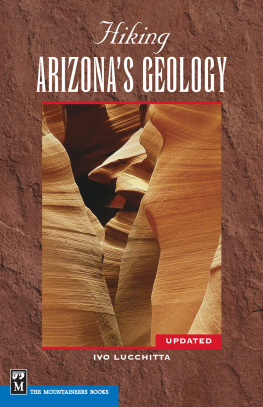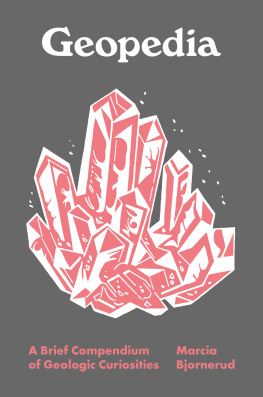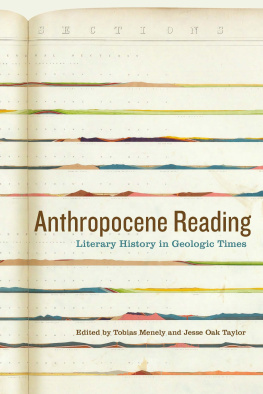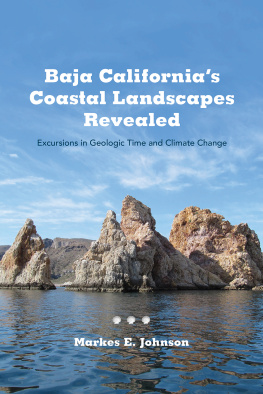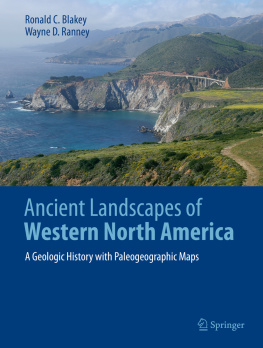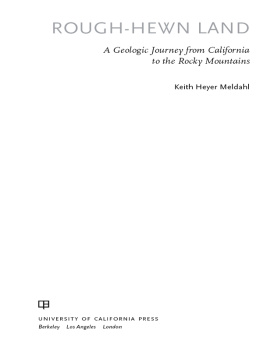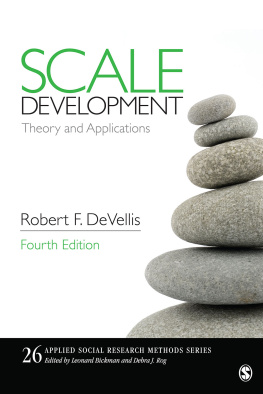A Concise Geologic Time Scale
2016
James G. Ogg
Gabi M. Ogg
Felix M. Gradstein
Table of Contents
Addresses/Institutions
James G. Ogg
Department of Earth, Atmospheric and Planetary Sciences, Purdue University, 550 Stadium Mall Drive, West Lafayette, Indiana 47907-2051, USA. E-mail:
and
State Key Laboratory of Biogeology and Environmental Geology, School of Earth Sciences, China University of Geosciences, Wuhan 430074, China
Gabi M. Ogg
Geologic TimeScale Foundation, 1224 North Salisbury St., West Lafayette, Indiana 47906, USA. E-mail:
Felix M. Gradstein
Geology Museum, University of Oslo, N-0318 Oslo, Norway. E-mail:
and
ITT Fossil, Unisinos, University of Rio Grande do Sul, Sao Leopoldo, Brazil
Copyright
Elsevier
Radarweg 29, PO Box 211, 1000 AE Amsterdam, Netherlands
The Boulevard, Langford Lane, Kidlington, Oxford OX5 1GB, UK
50 Hampshire Street, 5th Floor, Cambridge, MA 02139, USA
Copyright 2016 James G. Ogg, Gabi M. Ogg, and Felix M. Gradstein. Published by Elsevier B.V. All rights reserved.
No part of this publication may be reproduced or transmitted in any form or by any means, electronic or mechanical, including photocopying, recording, or any information storage and retrieval system, without permission in writing from the publisher. Details on how to seek permission, further information about the Publishers permissions policies and our arrangements with organizations such as the Copyright Clearance Center and the Copyright Licensing Agency, can be found at our website: www.elsevier.com/permissions.
This book and the individual contributions contained in it are protected under copyright by the Publisher (other than as may be noted herein).
Notices
Knowledge and best practice in this field are constantly changing. As new research and experience broaden our understanding, changes in research methods, professional practices, or medical treatment may become necessary.
Practitioners and researchers must always rely on their own experience and knowledge in evaluating and using any information, methods, compounds, or experiments described herein. In using such information or methods they should be mindful of their own safety and the safety of others, including parties for whom they have a professional responsibility.
To the fullest extent of the law, neither the Publisher nor the authors, contributors, or editors, assume any liability for any injury and/or damage to persons or property as a matter of products liability, negligence or otherwise, or from any use or operation of any methods, products, instructions, or ideas contained in the material herein.
British Library Cataloguing-in-Publication Data
A catalogue record for this book is available from the British Library
Library of Congress Cataloging-in-Publication Data
A catalog record for this book is available from the Library of Congress
ISBN: 978-0-444-63771-0
For information on all Elsevier publications visit our website at https://www.elsevier.com/

Publisher: Candice Janco
Acquisition Editor: Louisa Hutchins
Editorial Project Manager: Marisa LaFleur
Production Project Manager: Mohanapriyan Rajendran
Designer: Greg Harris
Typeset by TNQ Books and Journals
CAPTION for COVER PHOTO:
Late Triassic in Italian Dolomites. The Lagazuoi peak is the resumption of late Carnian and Norian shallow-water carbonates (Dolomia Principale) following a regional termination of prograding carbonate platforms and influx of siliciclastics (the slope-forming Heiligkreuz and Travenanzes formations at its base). The brief carbonate crisis is part of a global mid-Carnian warming and humid episode that appears to coincide with the eruption of the Wrangellia large igneous province. Photo courtesy of Austin McGlannan.
Introduction
Abstract
Chapter 1 is the Introduction and overview of a Concise Geologic TimeScale 2016 with a summary of the international divisions [Global Boundary Stratotype Sections and Points (GSSPs)] and age model. The free TimeScale Creator visualization package is available to generate custom graphics for the stratigraphic scales, including extensive details and columns to enhance the book's graphics. The chapter concludes with a listing of selected websites devoted to Earth history, stratigraphic methods, and geologic time.
Keywords
Chronostratigraphy; Cyclostratigraphy; Earth history; Geologic time scale; GSSPs; GTS2004; GTS2008; GTS2012; GTS2016; Integrated stratigraphy; Radioisotopic dating; Stratotype; TimeScale Creator
Geologic time scale and this book
A standardized geologic time scale is the framework for deciphering and understanding the long and complex history of our planet Earth. We are constantly improving our knowledge of that history including the intertwined feedbacks among the evolution of life, the climatic and geochemical trends and oscillations, the sea-level withdrawals and transgressions, the drifting tectonic plates and major volcanic upheavals, and the radioisotopic and astronomical-cycle dating of deposits. In turn, this knowledge of past relationships and feedbacks enable us to make predictions about our own future impacts on our planet.
The challenges and major accomplishments of geoscientists are to integrate these diverse interpretations of the global stratigraphic record, to apply an age model (linear time) to that geologic record, and to assign a standardized and precise international terminology of subdivisions. The publications of A Geologic Time Scale 1989 () spurned dedicated research and collective activities to bring about improvements in stable-isotope stratigraphy, radioisotopic and cyclostratigraphic dating of stage boundaries, and formal definitions of stage boundaries.
Any synthesis of this geologic time scale is a status report in this grand undertaking. This Concise Geologic Time Scale 2016 handbook presents a brief summary of the current scale and some of the most common means of global stratigraphic correlation and age calibration as graphics with brief explanatory texts. These rely extensively on the two-volume Geologic Time Scale 2012 ( GTS2012 ) compilation (), and readers who desire more background or details should use that reference. This handbook does incorporate some selected important advances in stratigraphic scale calibration, in new ratified or candidate international divisions and in their scaling to numerical time.
Each chapter in this handbook, which generally spans a single geologic system or period, includes:
1. International divisions of geologic time, with graphics for ratified bases of series/epoch definitions (Global Boundary Stratotype Sections and Points (GSSPs)). GSSPs for stage-level divisions are diagrammed in GTS2012 , at the website of the Geologic TimeScale Foundation, and at the websites of the ICS subcommissions.





